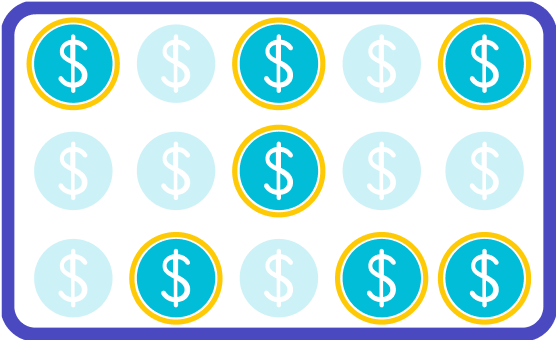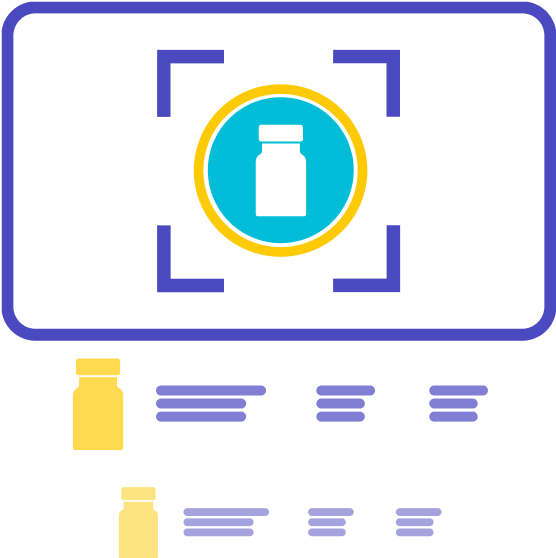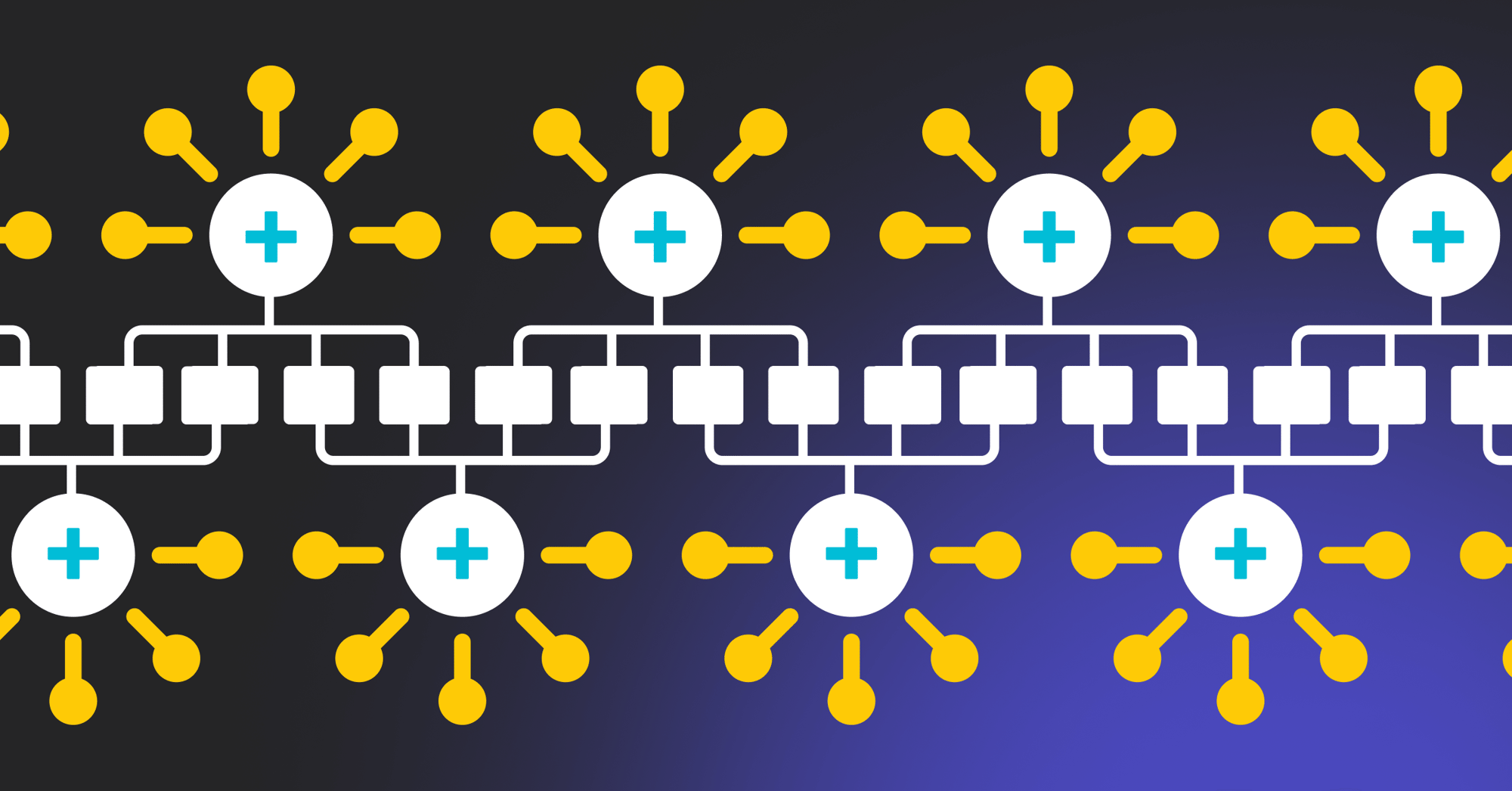


WHITE PAPER
Driving Primary Vendor Compliance to Increase Pharmacy Purchasing Savings

Download the white paper
Complete this form to get the PDF version of our white paper.


Purchasing compliance is a complex and potentially expensive part of pharmacy operations. Vendor contracts are difficult to understand, and non-compliance risks substantial penalties. Yet, even if pharmacies are meeting compliance requirements, they may still be losing money.
This white paper will examine some common—and costly—assumptions about vendor compliance. We’ll show that pharmacies must do more than meet the bare minimum to stay competitive. We’ll also discuss solutions that pharmacies can leverage to optimize compliance, drive savings from their primary vendor, unlock additional pharmacy savings and enhance purchasing.
Vendor Compliance Mistakes
Some pharmacies assume that satisfying primary vendor compliance gets them the best deal. Others stick to a single vendor out of necessity. Even a supposedly basic vendor agreement is a complex set of requirements for total spend, percentages, rebate tiers and other purchasing variables. With everything else on their plate, pharmacy teams struggle to manage vendor compliance effectively.
Unfortunately, many pharmacies lack the time and insight to do more than just get by when it comes to compliance. But focusing on the bare minimum for vendor compliance means they’re losing money.

Just Meeting Compliance
It’s difficult to understand even basic vendor agreements. Pharmacy teams are already stretched thin, so they may not have time to analyze contracts. They follow vendor agreements without understanding variables like tier structures and all the “fine print.” They end up missing out on better purchasing opportunities.
A contract may include minimum spend requirements to unlock additional pharmacy savings. However, a pharmacy may not notice those specifications or be unable to integrate them into their purchasing strategy. For some independent retail pharmacies, these opportunities are huge. A pharmacy could earn as much as $40,000 back in rebates for spending an additional $200,000. Yet SureCost has spoken to pharmacy managers who realized they’ve missed these targets by just a few thousand dollars after the fact.
Compliance alone can cost your pharmacy thousands.
Likewise, failing to track vendor compliance in real time results in missing rebate thresholds and unexpected penalties. Pharmacy teams may not know the minimum spend needed from their primary or how generic ratio compliance impacts rebates. Most don’t have the time or tools to monitor compliance consistently. Unfortunately, they don’t realize they’ve failed to meet compliance until it’s too late to adjust their purchasing.
Pharmacy Purchasing Through a Single Vendor
Many pharmacies assume that making all purchases solely through their primary vendor will make things easier and provide the best prices. Yet, overcommitting to a primary vendor means missing out on better purchasing options.
Shopping secondary vendors opens up a wider market and competitive pricing. Pharmacies can find better deals and avoid overpaying through their primary. They also have backup options when drug shortages hit. This saves them money otherwise lost to last-minute, high-cost purchases while easing the burden on teams trying to meet patient demand.

An expanded vendor portfolio gives pharmacies more options instead of relying on limited sourcing or traditional pharmacy purchasing routes. For example, purchasing from the list of the 200 most commonly prescribed medications helps gauge demand and keep the right products in stock. However, the “Top 200” doesn’t yield the best purchasing options. On the other hand, as SureCost’s Smarter Purchasing Report shows, purchasing outside the Top 200 unlocks savings opportunities from a broader market. Pharmacies reduced their cost of goods sold (COGS) by approximately 11% on average.
To save even more, buying groups and group purchasing organizations (GPOs) offer additional negotiated discounts. Their combined buying power allows them to negotiate better product prices, and member pharmacies gain significant savings. However, as we’ll see below, negotiated pricing must be consistently honored. Managing multiple vendors requires additional time and resources that most pharmacy teams can’t spare. That’s why leveraging a solution for smarter purchasing like SureCost is so important.
Relying on External Data
Pharmacies are also losing money because they don’t verify compliance calculations. To analyze their purchasing compliance metrics, pharmacies often rely on reports provided by their primary vendor. Assuming these external reports are accurate without validating them leads to costly errors. Everyone makes mistakes, including vendors. Vendor reporting errors may be unintentional, but they can be expensive.
For example, SureCost’s Smarter Purchasing Report examined adherence to GPO pricing among retail and LTC pharmacies and found that, on average annually, about 15% of GPO-qualified purchases were priced incorrectly. This led to an average annual overcharge of nearly $103K, with some pharmacies losing almost 55% of their GPO spend to incorrect pricing.

When pharmacies rely on data from a single vendor to evaluate their own purchasing compliance, they’re limited to the data the company chooses to share, how often it provides the numbers and the oversight of a third party. Vendors’ objectives may not fully align with a pharmacy’s financial goals, strategic targets or other aspects of its strategy.
Single-vendor reliance leads to missed savings and costly mistakes.
If a pharmacy can’t track compliance consistently and independently, they won’t catch vendor errors, and they’re not managing purchases on their terms.
While purchasing from a single vendor may be a financial compromise, pharmacy purchasing usually means navigating a complex, deliberately opaque ecosystem of item listings, catalogs and vendors across separate interfaces. Tracking purchasing compliance across that “maze” is often left to manual processes. It’s easy to see why so many pharmacy teams feel stuck, relying on a single primary and just checking off the essentials for compliance.
Compliance Insights Audit: Real-Time Vendor Agreement Data Every Pharmacy Needs
Purchasing Compliance Insights
Fortunately, the right tools can help pharmacies find savings while remaining compliant. A purchasing management solution with intelligent automation and configurable real-time reporting is key.
A unified purchasing management solution centralizes all vendor agreements under a single interface. It automatically captures vendor agreement terms and analyzes pharmacy purchasing options against vendor contracts, revealing real-time compliance performance and modeling how a potential purchase will affect compliance before submitting a purchase order. Instead of manual (and error-prone) calculation between different tabs, a single concise dashboard automatically calculates metrics including source ratio compliance, minimum spend requirements and generics ratio.
Beyond satisfying primary vendor compliance, the technology unlocks potential savings with that vendor for pharmacies to optimize the terms of their agreement. For example, looking at the product group level, there may be different source tiers in the same product group with different pricing based on different manufacturers. With a solution in place, the pharmacy can see their options through the same vendor and find the best one. Pharmacies can also quickly view each vendor’s unique rebate structures and definitions of compliance. Pharmacies can see if they’re meeting their targets and make purchases accordingly.
Once a pharmacy knows it’s meeting compliance and making the most of its primary vendor agreements, it can use the software to identify additional cost-saving opportunities outside primary vendor agreements. In other words, once they save as much as possible from their primary vendor and satisfy their contractual obligations, they can save even more.

Real-time compliance tracking prevents errors and maximizes savings.
That’s because the technology simplifies procurement while optimizing purchasing. It integrates all vendor data into a single interface and automatically compares all available options to calculate the best purchasing options. Bringing in secondary vendors opens up competitive pricing. However, using a pharmacy purchasing management solution to compare all that data means teams don’t get “buried” under all the data. They can accomplish these goals without changing or complicating their existing purchase process. The best solutions integrate with existing processes and systems so pharmacy teams don’t have to stress about how it will get it done.
Besides having all the data under a single interface, a purchasing management solution also enables pharmacies to verify vendor reports. Instead of simply trusting third-party reports, pharmacies can now verify the information. Instead of waiting to receive data from a vendor, pharmacies have accurate metrics at their fingertips that let them adjust purchases in real time.



Book a 30-minute introductory meeting today. Let’s talk.
Successful pharmacies view compliance as a strategic element of their larger purchasing strategy. They understand the need to optimize their primary vendor agreement, drive pharmacy savings from a competitive market and derive business intelligence to refine and improve their decisions continuously. However, they also understand the need to reach these goals without increasing their workload.
Pharmacies can save more and make strategic purchasing decisions, but they must leverage smarter purchasing to make vendor compliance work for their pharmacy. That starts with choosing the right solution and partners.
You may also like


Essential DSCSA Updates and Four Ways to Optimize Compliance
